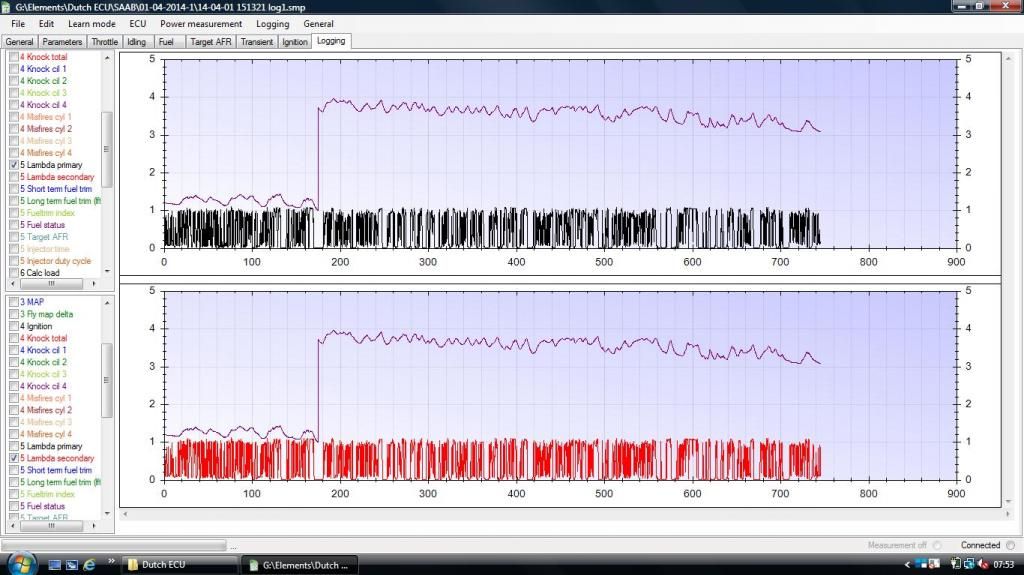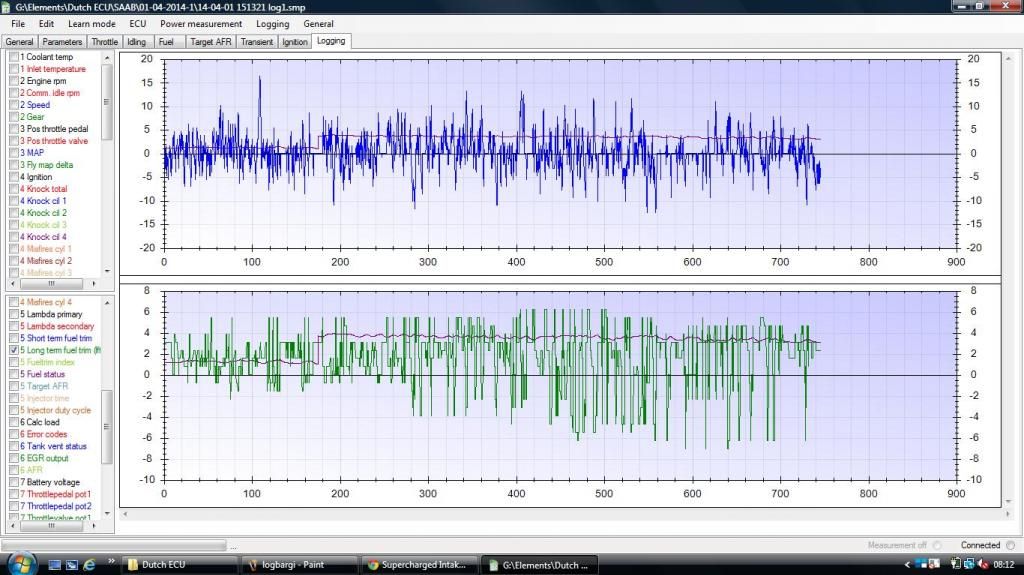well, the TMAP is a plain and simple thermistor, so unless its got it's wiring crossed on the way to the ECU, I doubt it.
it's more likely that it's characteristics (resistance wise) are outside what the ECU is expecting? as in at a specific temp, it's resistance falls to a point where the ECU pull up/down is overcome?
if this is the case, it will always happen at the same temp
the alternative is that the 5V ref that's used in the ECU is being shared by ANO sensor and that's corrupting it, although usually when this happens, the voltage drops...
the fact it's occurring on more than 1 car points to an ECU problem either in compatibility with the sensor, or the calibration of the sensor is up the creek, I would go for the latter but your log shows it as a voltage, which if right (as in that's what the actual sensor is reading) points at compatability issues.
do we have the spec of the std NA AIT to compare with the TMAF one?


















